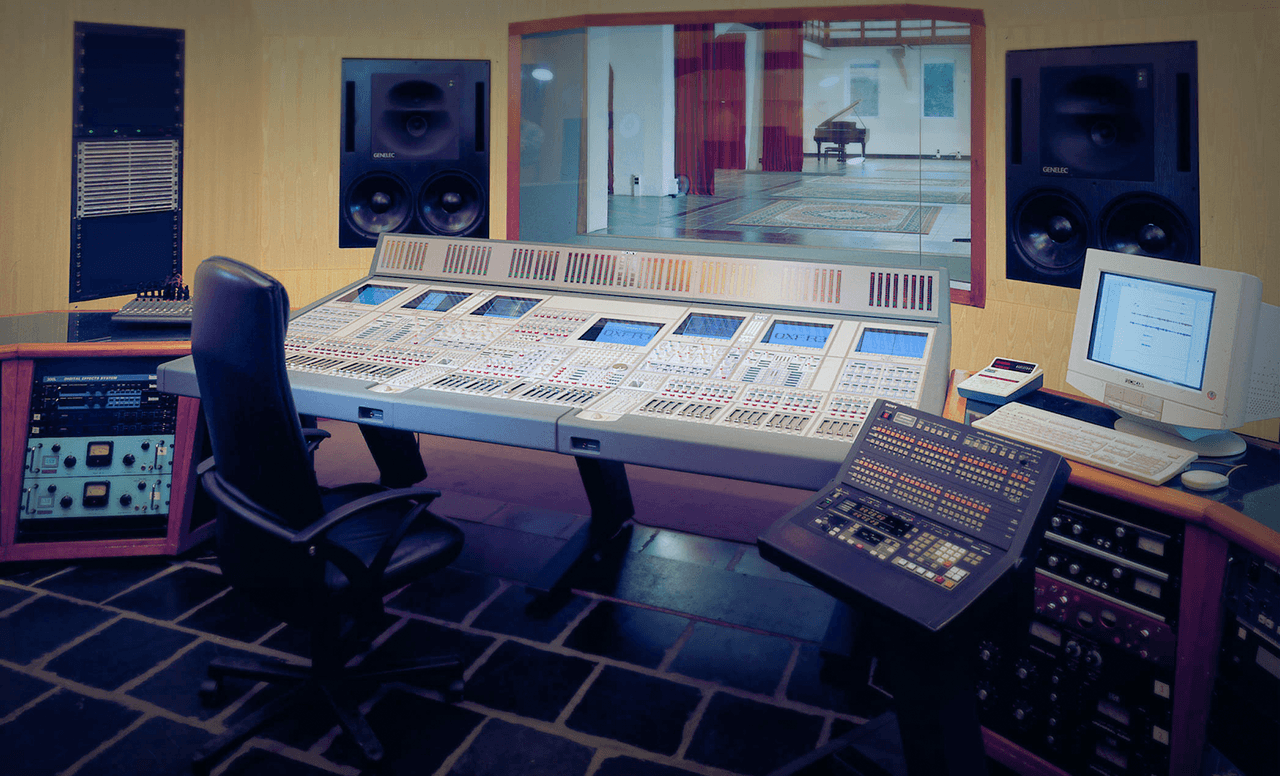If you’re amongst the millions that stepped up your audio game during the pandemic, you’re certainly no stranger to the name Focusrite. The makers of "the red one" audio interface devices have been wildly successful, as demonstrated if only by its Scarlet Solo device, a product that consistently holds the #1 top seller slot at Amazon. And just about every other retailer you can find.
The Focusrite Group plays host to a variety of brands including Novation, Adam Audio, and Sequential, and hasn't been shy about communicating its aims of growing its core customer base and expanding into new markets. In line with this ethos, as well as complimenting their existing product lineups, the Group has made its first acquisition, a £9.1 million purchase of Oxford-based Sonnox.
While you might not have heard of Sonnox, you’ve definitely heard Sonnox. They don’t make a bright red box that sits atop your desk, but they do make the things you listen to so better. So much better.
Back in the days when digital audio was just starting to make an appearance on the collective radars of musicians, producers, and a host of audio professionals, one of the greatest pushbacks the media received was that it could never match the “warmth” of traditional analogue recording techniques.
While there are a variety of variables in the equation, the mixing console used in studios played a key role; I direct your attention to the legendary Neve 8028, the subject of Dave Grohl’s documentary film Sound City.
Addressing the fundamental question of breathing life into a digital process, in the early 1980s, a group from Oxford developed the OXF-R3 console and changed the face of audio forever.

The OXF-R3 was widely hailed as the first ‘musical’ sounding digital console, and studio after studio began making the transition to bits and bytes instead of tape after tape.
With computers becoming ever more powerful and the advent of digital audio workstations, amateur musicians and sound engineers could have (almost) this same level of precision at home that previously would have cost thousands in a studio. This led to a proliferation of hardware signal processing units being retired and replaced by digital plugins, under the banner of VSTs (virtual studio technology).
A member of the original team that developed the OXF-R3, Rod Densham led the team at Sony that ported their audio digital signal processing algorithms into plug-ins. By 2007, Rod acquired this team from Sony to form Sonnox.
Today, Sonnox’s award-winning processing software is distributed by over 100 dealers around the globe and used in a wide range of audio applications including mixing for music production, live sound, broadcast, television, and film.
“We believe that by joining Focusrite with their scale, industry expertise, and range of premium brands, we can continue to grow, and deliver innovation and excellence to audio hobbyists and professionals alike,” commented Densham. “Focusrite have a proven track record of achieving this in our industry, and we are very excited to become part of their Group.”
The total cash consideration to be paid for Sonnox is £9.1 million. £2.1 million will arrive in the form of cash, and will be funded from existing facilities with HSBC and NatWest. Following the acquisition, Focusrite will have net debt of approximately £13 million.



Would you like to write the first comment?
Login to post comments